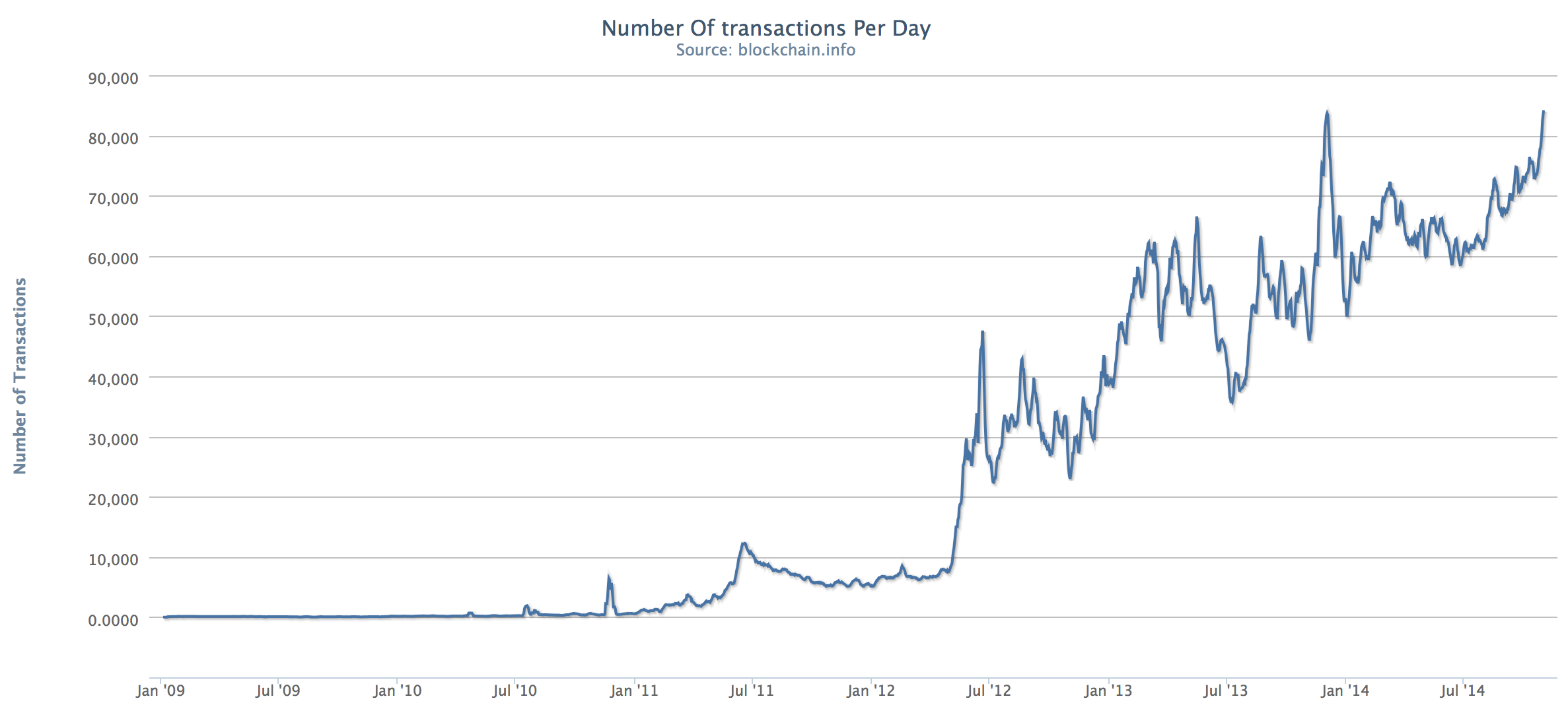What makes Twitter unique is that Tweets can flow from Twitter to other mediums seamlessly, like TV, websites and mobile applications. In fact, in the third quarter of 2014 there were approximately 185 Billion Tweet impressions off of Twitter. For the thousands of brands already advertising on Twitter, these new partnerships open a significant opportunity to extend the reach of their message to a larger audience. Twitter syndicated ads will be seen by users within Twitter content sections on third-party properties, as well as within third-party content areas.
No other platform is currently providing the ability to serve ads across multiple mediums and applications BRANDED by platform. Are users more likely to click on an ad served in Flipboard that has the Twitter logo (see image above)? I believe so. Why? Familiarity and instant credibility. I as a user know I will be brought to Twitter, the same environment I am familiar with, trust and have positive brand association for.
Will Twitter be successful and see volume with these types of campaigns? TBD, as distribution is key. Flipboard and Yahoo Japan won't be enough...but as the distribution builds, the access to tweets and broader audiences outside of Twitter also builds.


















